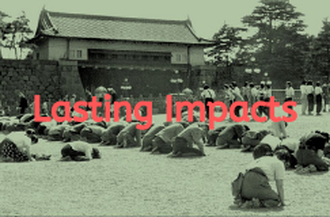Unit 731 Cover-up : The Operation Paperclip of the East
|
During the occupation of Japan after WWII, the US had an important decision to make. Should they hold those responsible for atrocities during the war accountable or should they take the information to advance national interest?
The researchers who worked at Unit 731, the biological and chemical warfare research and development unit, were given immunity in exchange for their research data. Unit 731 included factories filled with humans, tested with various diseases, as well as field tests on civilians of the Soviet Union and China. Imperial Japan had aspirations to develop operative tools of biological warfare, one that was prohibited after World War I. Using alive human captives, the Japanese scientists of the medical profession gathered data on the progression of the diseases until the "human guinea pigs" collapsed. Most of these scientists lived peacefully after WWII, with a few of them having to go through the Khabarovsk Trial, which was deemed by the West as communist propaganda. Most of the horrors on Unit 731 had been hearsays and rumors until recently with the passing of the Freedom of Information Act. This book is based on documents found in the U.S. National Archives and Records Administration, Russian archival documents, and translations of the Khabarovsk Trial to paint a complete picture of the cover-up of the atrocious act of Unit 731. Readers could expect to questions themselves with this evidence: Should war crimes be covered up in the name of national interest? |






